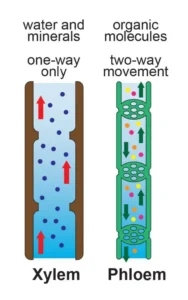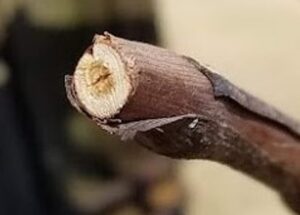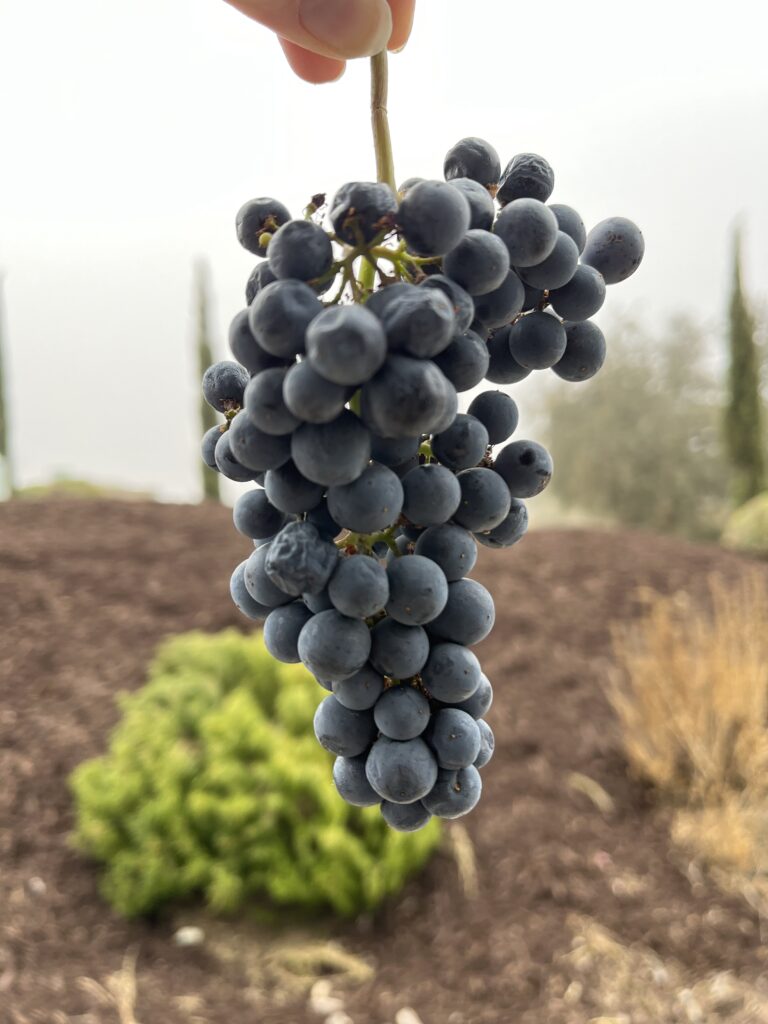One of the most beautiful videos to watch in a vineyard is when the vine weeps after it has been pruned. I get asked a lot as to why this happens, so I figured it was a good topic for today’s post.
We need to begin with some plant anatomy. Sap can be considered the blood of the vine. Just as we have arteries and veins to transport blood through our body, the vine has phloem and xylem. Phloem would be more similar to our oxygen rich arteries. This is the nutrient rich sap that flows from the leaves and brings the hormones and sugars to the stem and roots. Xylem consists of mostly water with trace elements of nutrients and flows in the opposite direction, typically from the roots to the stems and leaves.
After the long growing season and harvest has been completed, the days begin to get longer and colder and the vines begin to go into dormancy. All winter long, the vines rest and their sap is kept safe in the lower portions of the roots causing the “blood vessels” to dry out. This is evident by the canes turning brown and snapping when bent.
As winter turns to spring and the weather warms up, the sap in the roots begins to warm up. Once the temperature begins to reach 50oF on a steady basis, the vines begin to wake up. The roots begin to absorb nutrients and water from the soil, and the xylem and phloem begin to move these nutrients up the vine to the cordons and spurs. The liquid finds its way to the ends and begins to “weep” out of the pruned scars. Depending on the varietal, weather, age of the vine and the way it was pruned, a vine can lose up to four liters of sap.
The crying, although a beautiful sight, as it does represent that the new growing season has begun can be harmful. As the tears move up the vine and out the scar, along with it goes its natural antifreeze. The sugars that are flushed out with the water are no longer available to help protect it from frost. Additionally, if the sap flows down the cane, it can “drown” the newly forming buds as well as freezing the vine causing death. On the positive side, it contains hormones such as cytokinin and gibberelin which regulate budbreak and early growth of the vine.
Have you been missing the weekly Exploring the Wine Glass posts? They have moved. Sign up at http://eepurl.com/be49CD to never miss a post. Subscribe to Dracaena Wines’ blog in the sidebar on this page.
~Slàinte!
Please follow us on Instagram, Twitter, Facebook and Youtube.
We’ve stacked the odds so that you can get our award winning wines without breaking the bank. Click the image to find out all of the benefits of joining the CHALK CLUB including discounted shipping and up to 25% off all purchases. .







